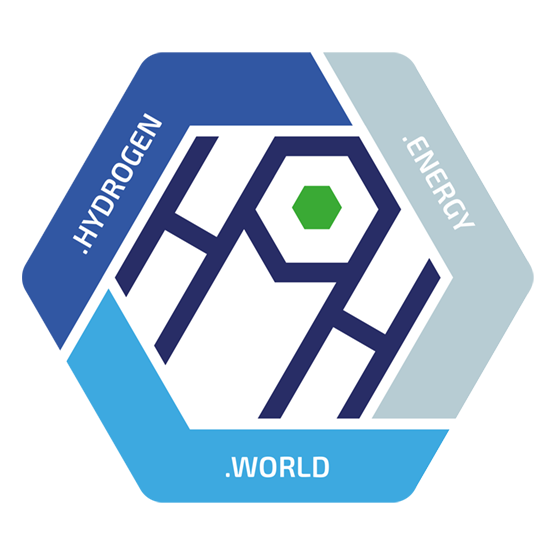THE HPH STEAM REFORMING PROJECT
PROCESS DESCRIPTION – THE REACTOR
The starting mixture is fed at a pressure of 1 bar to a boiler, to transform the liquid into steam.

One of the reactors that can be mounted in parallel
The catalytic bed designed and produced by HPH is a catalyst that has been subjected to particular chemical treatments that have given it the properties that allow the following advantages over the systems currently on the market:
VERSATILITY
The plant can be fueled with several different inputs, such as water + ethanol/bioethanol mixture, water + methane/biomethane mixture, making it a green system.
REDUCTION OF THE ENVIRONMENTAL IMPACT
Significantly lower temperatures are required compared to conventional plants, 450 °C compared to 1100 °C. The electrical energy used is 9-10 kW/h to produce 1 Kg of hydrogen, compared with 42kW/h for standard steam reforming and 60 kW/h for an electrolyzer.
REDUCED START-UP TIME
Few minutes needed for the process to get up to speed, regardless of the type of input. Steam reformers currently on the market operate at very high temperatures and are very complex systems, so full capacity can take as long as days to reach.
LOW INVESTMENTS
The reactor and additional plant equipment have very low costs. The assembly of the plant is very simple, and it does not need any major maintenance like normal steam reformers or electrolyzers.
PRACTICALITY
The plant as a whole is easy to move and can be located where the production of hydrogen is most required, as it is mounted on a skid.
LOW MAINTENANCE
The durability of the materials used ensure that the reactor and the bed catalytic do not need frequent maintenance.
PROCESS DESCRIPTION – PLANT LAYOUT

PROCESS DESCRIPTION – RUNNING SCHEME

SCALABILITY OF HPH TECHNOLOGY


